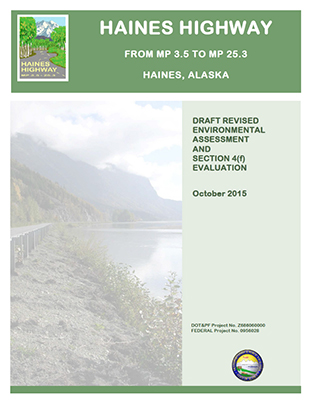Remember when I photographed the ecologist collecting grizzly bear saliva DNA left on partially-consumed salmon carcasses? Well, Dr. Rachel Wheat recently had her findings from that research project published. Wheat’s research found collecting salivary environmental DNA (eDNA) in this noninvasive manner is effective in results, time in the field and cost over other methods like having to trap a bear. Wheat believes this research will be useful in studying population densities, movement and feeding behavior.
The research and methodology is interesting. Read her paper, Environmental DNA from Residual Saliva for Efficient Noninvasive Genetic Monitoring of Brown Bears (Ursus arctos) for details.
If you missed it, check out my original blog post and photos of her project, Collecting DNA samples from grizzly bear saliva, SAY WHAT?
Congratulations Rachel!
LINKS
- LEARN MORE — Wheat’s research projects in Haines, Alaska on her blog, Ecology Alaska
- PHOTO GALLERY — Wheat capturing bald eagles on the Chilkat River in Alaska for migration study
To license image, click image. To see our collection of fine art prints, click here.








